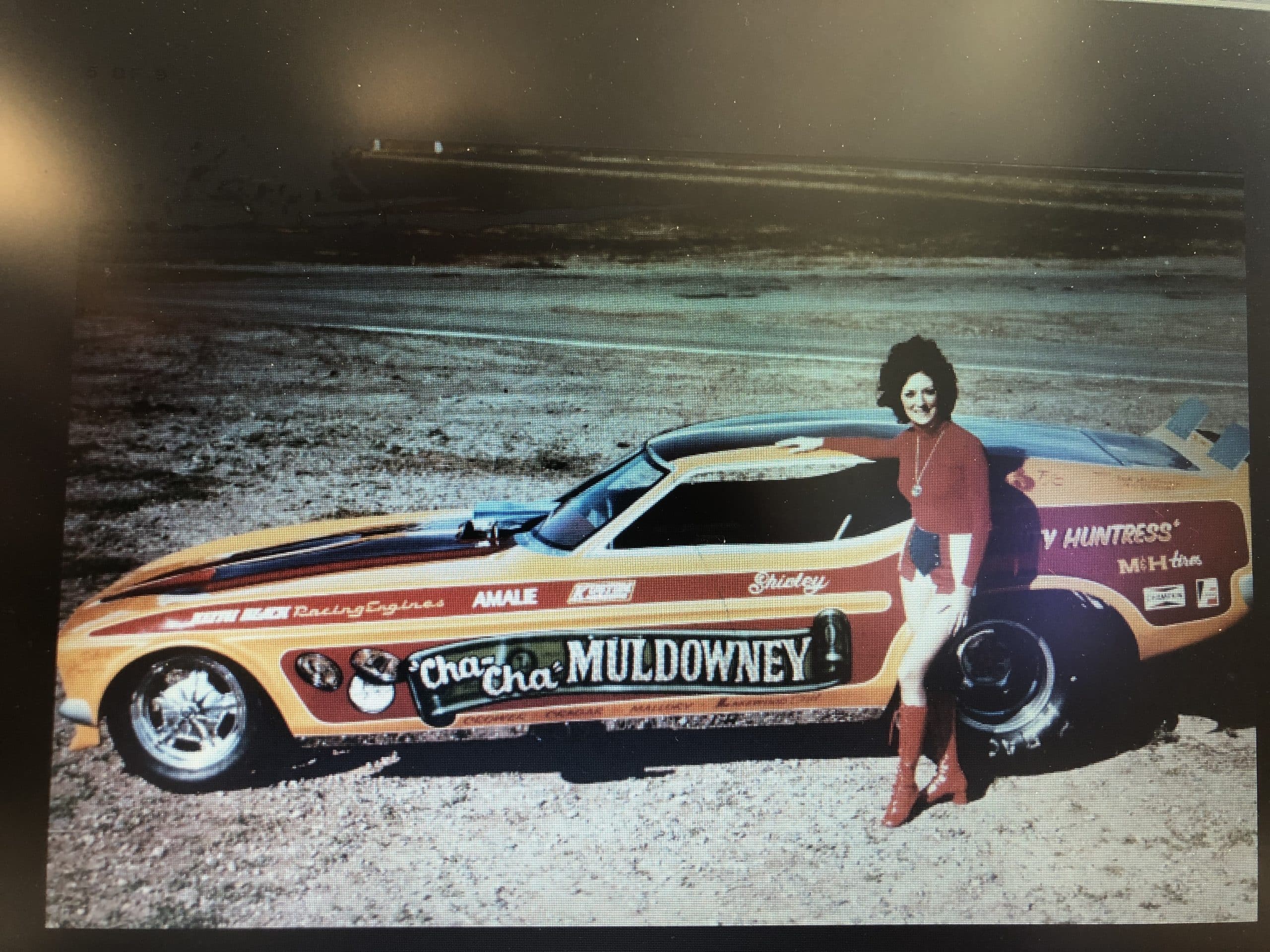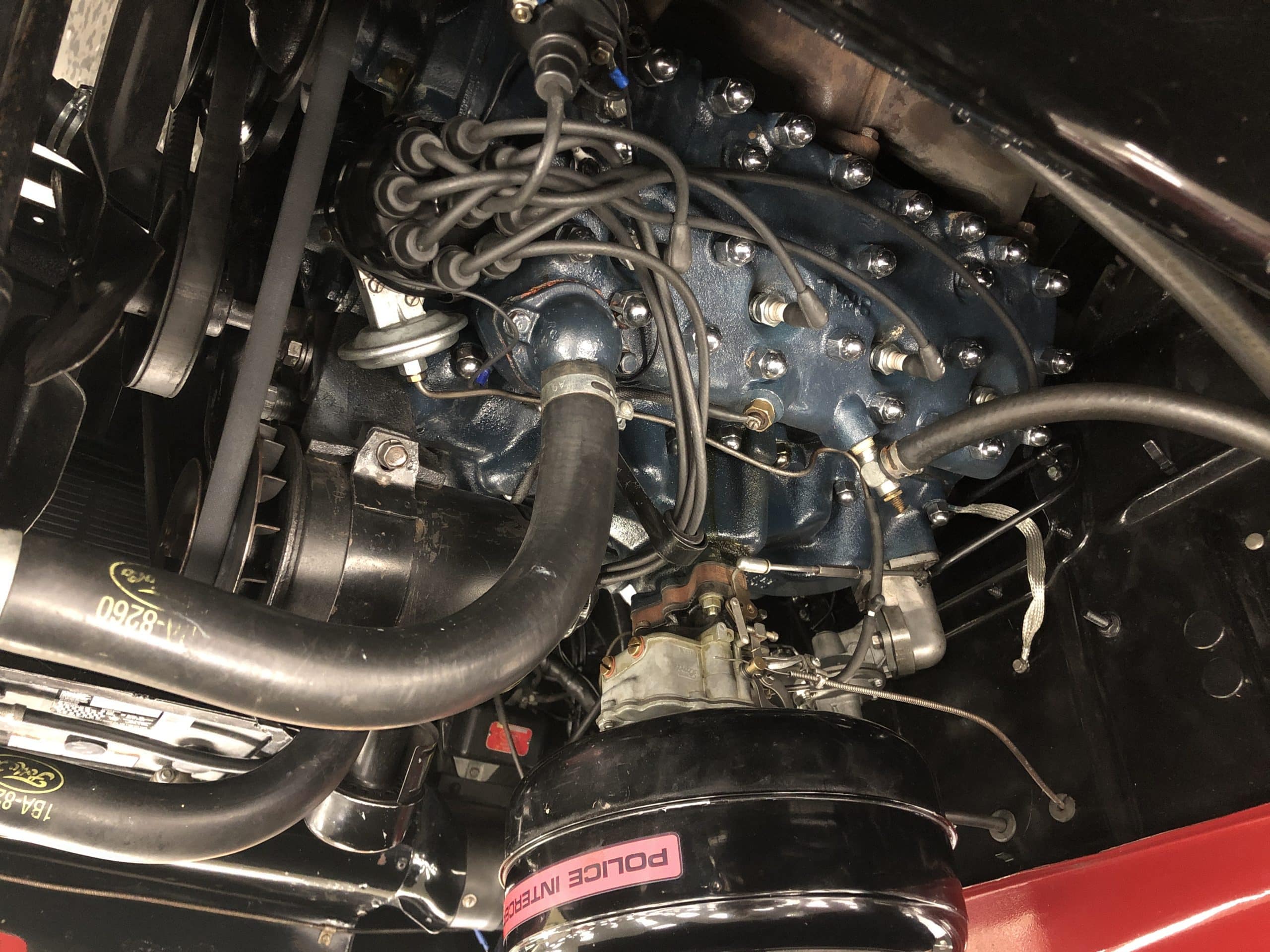This is the world famous Geländewagen. Translated, “off-road vehicle” and the reason for the “G” in the G Class Mercedes. Or perhaps it means “go anywhere,” because since 1979 the G Class has been known for its ability to travel across some of the world’s roughest terrain. Development actually began in 1972 between Daimler-Benz and Austrian defense company Steyr-Daimler-Puch. By 1974 the first driveable prototype was produced, and endurance tests began in all types of terrain running days on end in the Sahara Desert and Arctic Circle. In 1979 the G Class was finally made available for both military and civilian use. The first military use was in 1979 by the Shah of Iran, who was actually the one who suggested military use, but wasn’t until 1981 that it saw its first real military application in Argentina. By then Mercedes already started making its first changes to the civilian models, such as adding automatic transmissions, air conditioning, auxiliary fuel tanks and a cable winch, to name a few. They were also available in three different body styles; two-door convertible and a two or four-door wagon.
So what really sets the G Class apart from the competition? The most important obviously is the mechanics, that it has three locking differentials, a very uncommon feature in vehicles in the 70s and 80s. The differentials are located in each axle and in the four wheel drive transfer case, which means that all four wheels are locked in and are moving at the same speed, making it much less likely to get stuck. However, today many of the components that brought the G to prominence in its early days can be found in most off-road vehicles. So what really makes it special is the traditional appearance. Incredibly, it is one of the longest produced vehicles in Daimler’s history with just over 40 years running. Indeed over the decades the vehicle has been updated mechanically but physically it looks the same.
And of course there are the historic moments that helped boost the G’s success, such as the Popemobile “Papa G” used by John Paul II, the first to feature the see-through box that allowed the Pope to stand while traveling through crowds, which can now be found at the Mercedes-Benz Museum in Stuttgart, Germany. Then there’s the victory at the 1983 Paris-Dakar Rally, or less than well known stories about traveling through the Himalayas at altitudes at which most climbers would need oxygen bottles. And don’t forget the Guinness Book World Record holder, a 1988 300 GD dubbed “Otto” that travelled upwards of 560,000 miles around the world, visited 215 countries in just 26 years, that’s right, years.
Although the G Wagen was originally developed to be a military vehicle, there’s no doubt that it has become a status symbol. Nothing could exemplify that more than the G550 4×42. In 2015 Mercedes-Benz introduced the G550 concept. This was a special edition that combined elements from the common W463 model (1990-2018) and the AMG 6×6. The added lift kit puts this wagen at seven feet four inches tall, thus making the aerodynamics sub par, but it certainly makes up for it in raw power. Under the hood are twin turbos fixed to a 4.0 liter V8, pushing out 416 horsepower. At nearly 7,000 pounds, the bi-turbo system is crucial to comfortably driving on the highway and getting over those tricky hills. Especially with an added weight of 7,000 pounds in towing capacity, it needs all the extra boost it can get! This G550 is almost literally a tank. All it needs is a cannon attached. Although this model of the G class is set apart from the traditional style, they all have one thing in common, the driver can almost feel every bump in the road. Even so, one could argue that its endurance and survivability, and let’s face it, the status symbol certainly outweigh the rough ride. To learn more about Maxmotives 2017 G550 4×42 check out the link https://maxmotive.com/vehicle/2017-mercedes-benz-g550-4×4-u0480/





